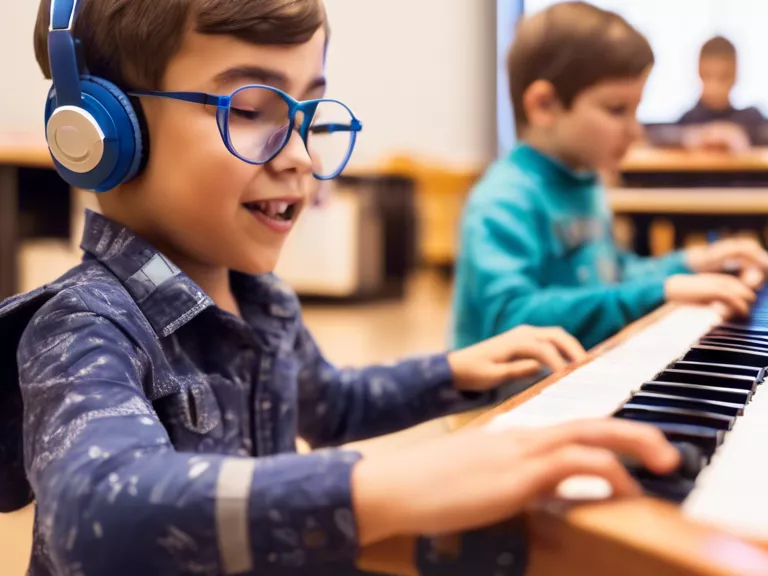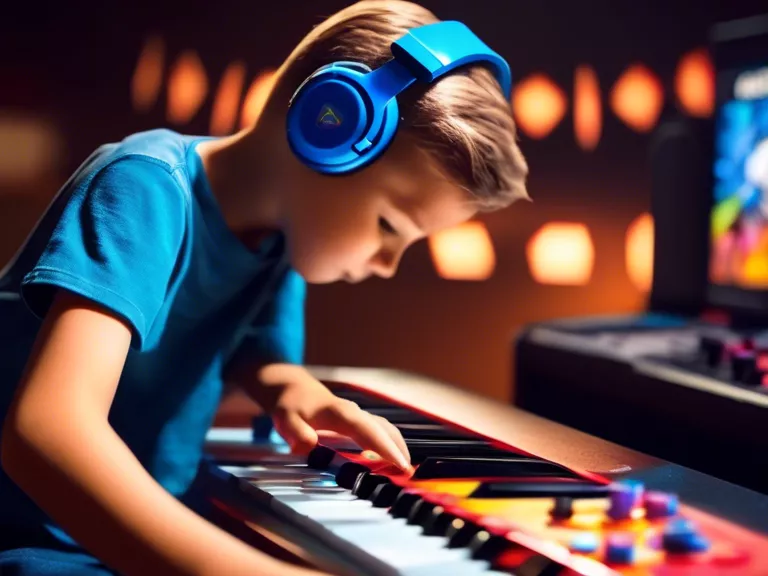
Introduction
Music has always played a significant role in enhancing various aspects of our lives, including learning. When it comes to educational games, incorporating music can have a profound impact on the learning experience. In this article, we will explore how music in games can enhance the learning process and provide a more engaging and effective educational experience.
The Power of Music in Learning
Music has the ability to stimulate the brain and enhance cognitive functions. When music is integrated into educational games, it can help improve memory retention, increase focus and concentration, and enhance overall learning outcomes. The combination of visuals, gameplay, and music creates a multi-sensory experience that can make learning more enjoyable and effective.
Benefits of Using Music in Educational Games
1. Improved Memory Retention
Music has been shown to enhance memory retention by creating a stronger emotional connection to the material being learned. In educational games, music can help reinforce key concepts and information, making it easier for players to remember and apply what they have learned.
2. Increased Engagement
Music has the power to evoke emotions and create a more immersive gaming experience. By incorporating music into educational games, developers can captivate players' attention and keep them engaged for longer periods. This increased engagement can lead to better learning outcomes and a more enjoyable learning experience.
3. Enhanced Motivation
Music can act as a source of motivation and inspiration for players. In educational games, the right music can create a positive and uplifting atmosphere that encourages players to keep going, even when faced with challenges. This motivation can drive players to persist in their learning efforts and achieve their educational goals.
Best Practices for Integrating Music in Educational Games
1. Choose Appropriate Music
When selecting music for educational games, it is essential to choose tracks that complement the game's theme and learning objectives. The music should enhance the overall gaming experience without overpowering or distracting players from the educational content.
2. Align Music with Gameplay
Music should be synchronized with gameplay to create a cohesive and immersive experience. The tempo, rhythm, and mood of the music should match the pace and tone of the game to enhance player engagement and learning effectiveness.
3. Provide Options for Customization
Offering players the ability to customize the music in educational games can cater to individual preferences and learning styles. Providing options to adjust volume levels, choose different tracks, or even incorporate player-generated music can enhance the overall gaming experience and promote a more personalized learning journey.
Conclusion
Incorporating music into educational games can significantly enhance the learning process by improving memory retention, increasing engagement, and enhancing motivation. By leveraging the power of music, developers can create more immersive and effective educational games that provide a fun and interactive way for players to learn and grow.



